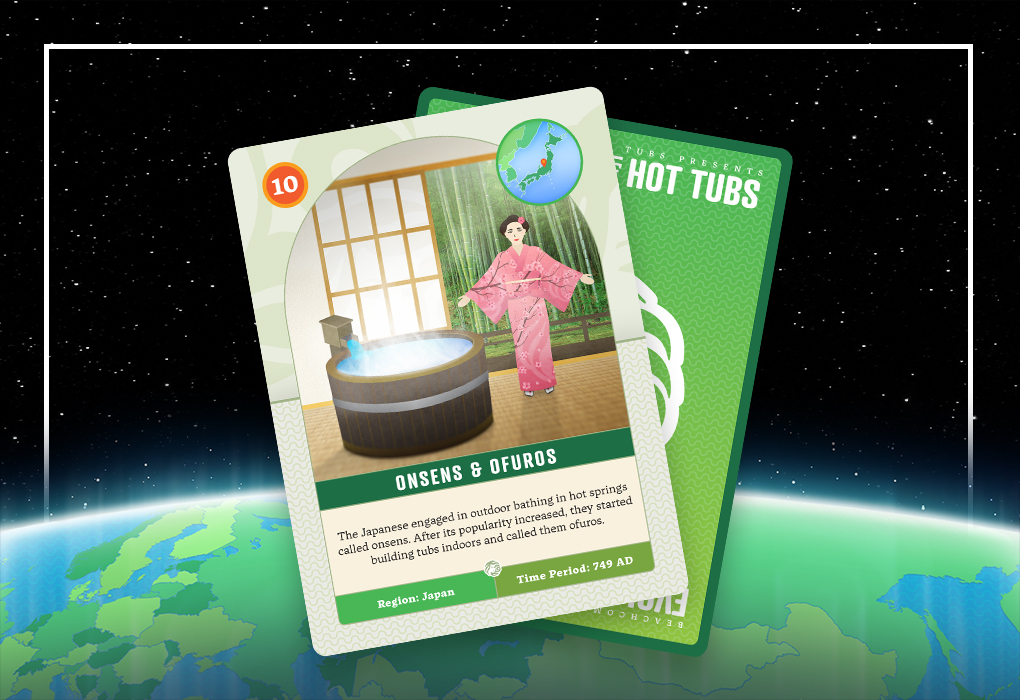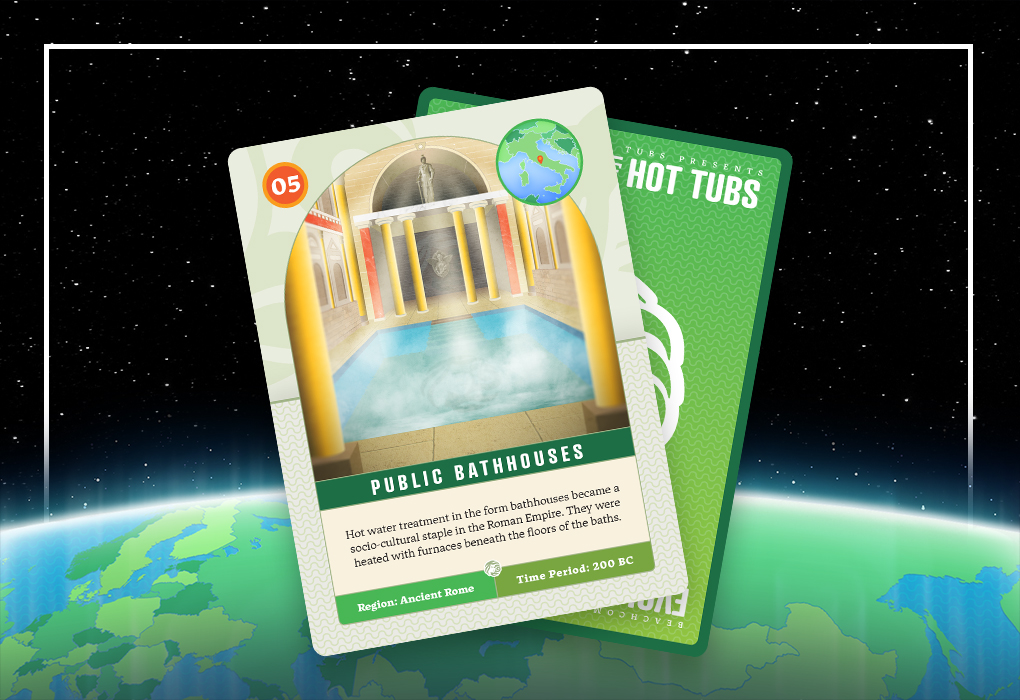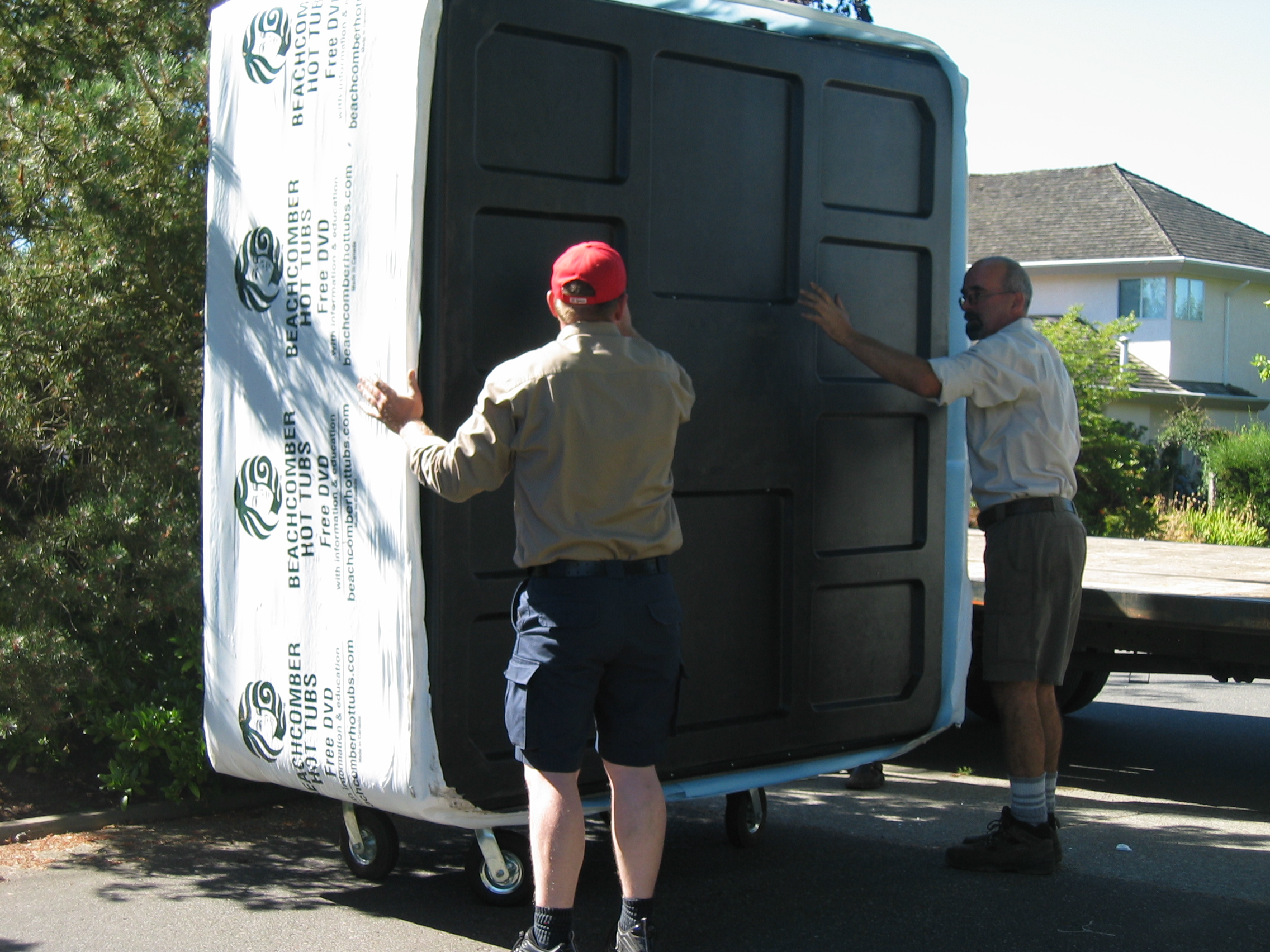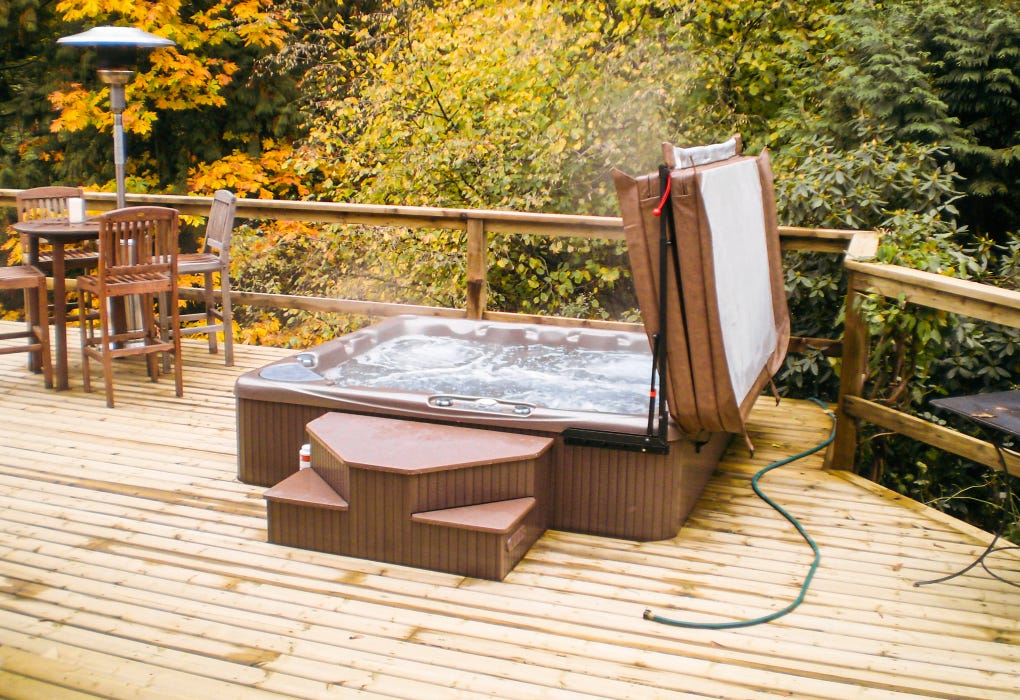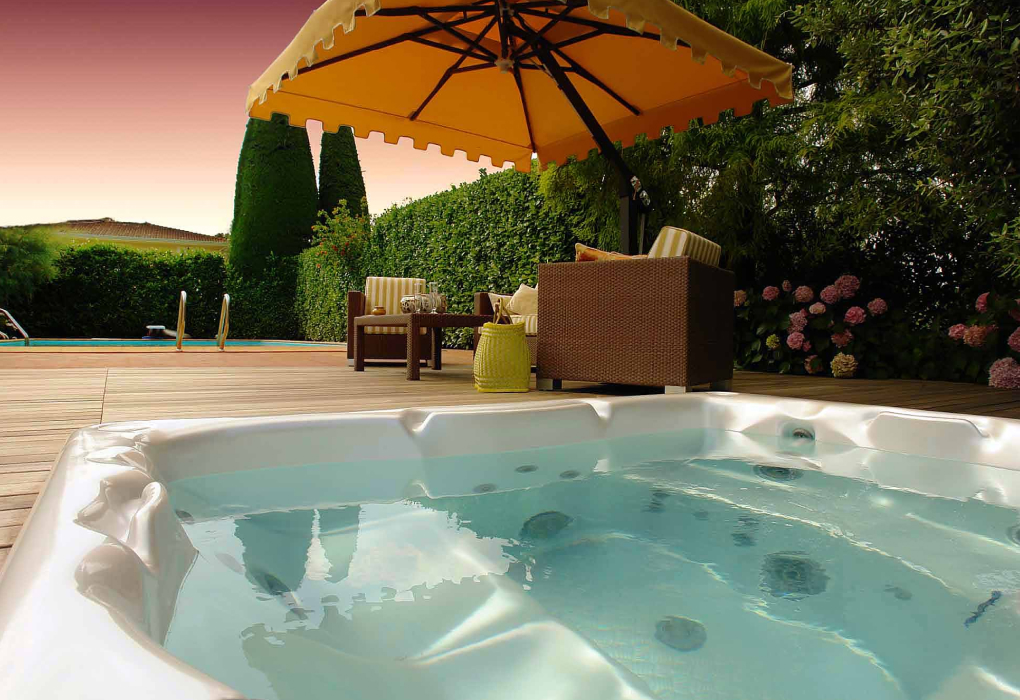The Snow monkeys showed us that geothermal springs have been used in Japan since prehistoric times. Located in a highly volcanic region, Japan boasts one of the highest numbers of thermal springs in the world. Knowing the benefits of these springs, people in Japan have used them for many centuries, eventually creating resorts around the springs.
Onsen
The resorts built surrounding hot springs are known as onsen. Onsen are public bath places that use water from hot springs, and it is estimated that there are over 27,000 in Japan today.
The first recording of these baths’ dates to 720 A.D. The Nihon Shoki, one of the oldest books in Japan, wrote of three ancient bathing facilities - Dogo, Arima, and Nanki-Shirahama onsens. These are believed to be the oldest in the country, with evidence showing that they were first used 3000 years prior to the books date.
While Japan boasts many hot springs, not all are suited to be an onsen. The requirements are:
-
The waters must be at least 25°C
-
At least one of 19 minerals (e.g., iron, Sulphur, calcium, or magnesium) need to be present in the water
Without these two factors, the thermal resort cannot be formed around a hot spring.
Understanding the properties of the water was very important and, as much as in Greek history, the Japanese found that different temperatures and minerals aided with different illnesses and ailments.
So, how did onsens become so important?
Religion influences the beliefs around the public baths in Japan. The local religion, Shintoism, considers water a divine substance. When entering a Shinto Shrine, it is required that everyone wash their hands and mouths with water. This is because water symbolizes purity within the religion.
When Buddhism arrived in Japan, it taught people that bathing was a way to wash away ‘worldly uncleanliness’ and was a way to fight off disease. Buddhist temples opened their doors to anyone who wished to bathe for these reasons.
Combining their religious beliefs with cultural beliefs, onsen grew in popularity. There were certain customs surrounding their use, such as ‘skinship’. This is where the bather thoroughly cleanses themselves before entering, to avoid contaminating the waters and those using them. They could not bring any clothing or towels into the spas, as it would dirty the water.
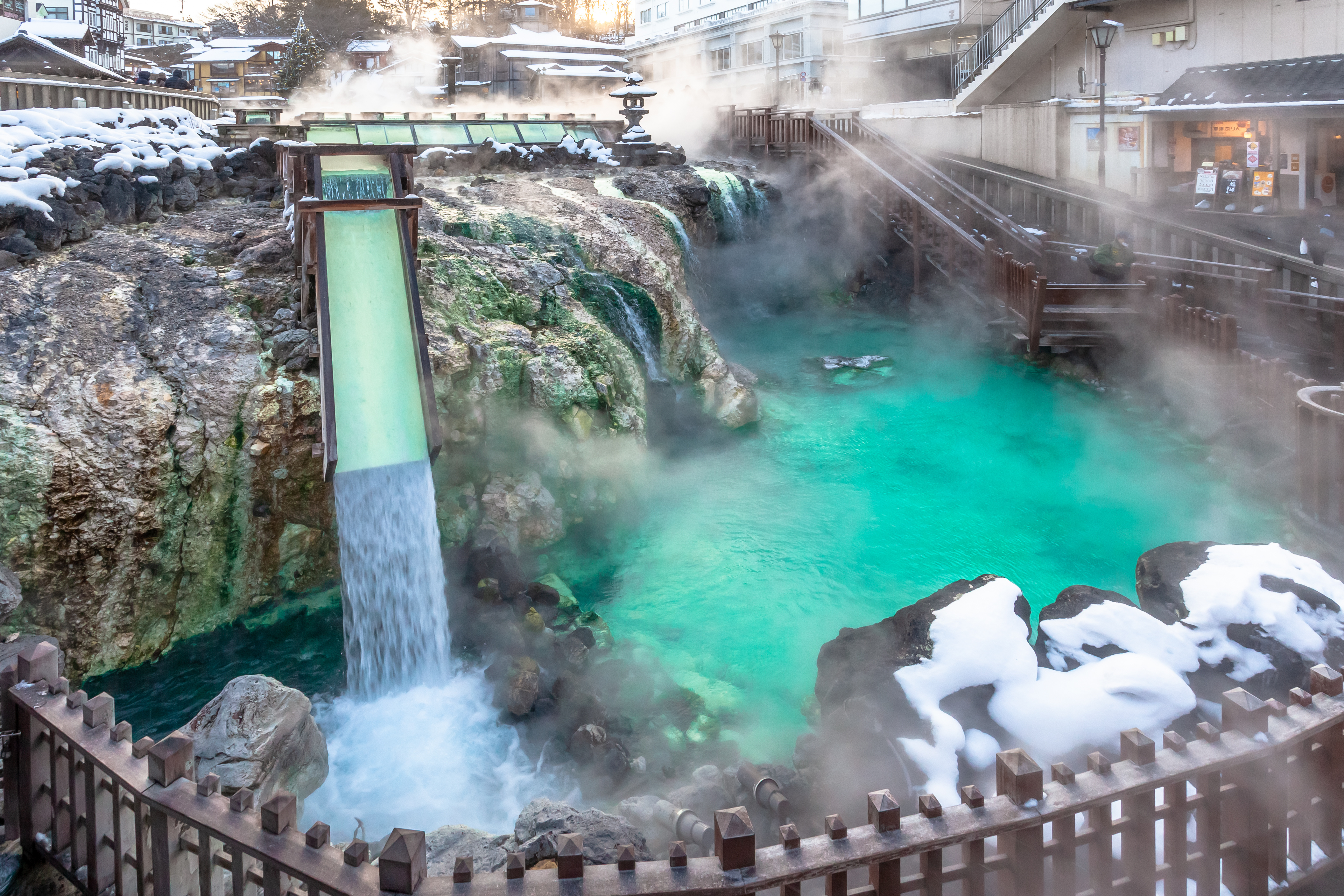
Ofuro
From onsen, the Japanese brought warm water bathing into their homes with ofuros. Ofuros are like bathtubs but are made of wood and have very steep, square-shaped sides. Traditionally, they were heated with a wood-burning stove below them and were in the wet room of a house, as they had no overflow drainage.
Much like onsen, the bather in an ofuro is required to cleanse themselves before entering the water. It was common for multiple people to use the same water, so it was important that each of them was clean. Similar to the public pools in Japan and bathhouses throughout history, these tubs were used to relax the body and cleanse the mind.
Ofuro became more popular in later years when more people could afford to have them in their homes. When we compare them to the modern-day hot tub, there are some similarities:
-
They were both present within the user’s home and often they were shared by family members.
-
Many people believed that the hot water would stimulate blood circulation, helping improve the bodies’ chance to fight off diseases.
-
It was a private way to enjoy the benefits of water therapy.
They are still used in homes throughout the country and can often be found in hotels and spas.
Japanese culture of bathing in onsen and ofuros is heavily linked to the developments in hydrotherapy and hot tubs. They are one of the first recorded civilizations to bring tubs inside for reasons other than cleaning. Looking forward, we see how the wooden ofuro influenced one of the first wooden tubs in the U.S., resulting in greater interest in at-home soaking.
Eager to know more? Download our infographic and sign up for our newsletter to be notified of the next blog post in our timeline!

